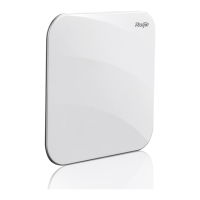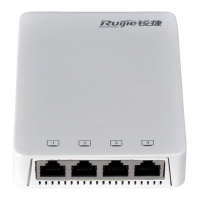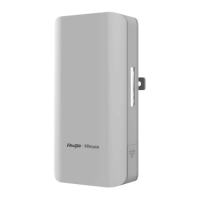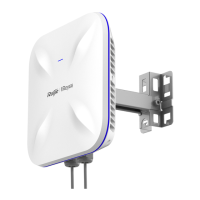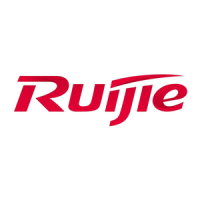Configuration Guide Configuring HTTP Service
A is a Ruijie device.
User 1 accesses the device through the Internet.
User 2 accesses the device through a LAN.
Deployment
When a device runs HTTP, users can access the device by entering http://IP address of the device in the browser of a
PC.
When a device runs HTTPS, users can access the device by entering https://IP address of the device in the browser
of a PC.
6.3 Features
Basic Concepts
HTTP Service
The HTTP service refers to transmission of Web page information on the Internet by using HTTP. HTTP/1.0 is currently an
HTTP version that is the most widely used. As one Web server may receive thousands or even millions of access requests,
HTTP/1.0 adopts the short connection mode to facilitate connection management. One TCP connection is established for
each request. After a request is completed, the TCP connection is released. The server does not need to record or trace
previous requests. Although HTTP/1.0 simplifies connection management, HTTP/1.0 introduces performance defects.
For example, a web page my need lots of pictures. However, the web page contains not real picture contents but URL
connection addresses of the pictures. In this case, the browser sends multiple requests during access. Each request requires
establishing an independent connection and each connection is completely isolated. Establishing and releasing connections
is a relatively troublesome process, which severely affects the performance of the client and server, as shown in the following
figure:
Figure 6-2
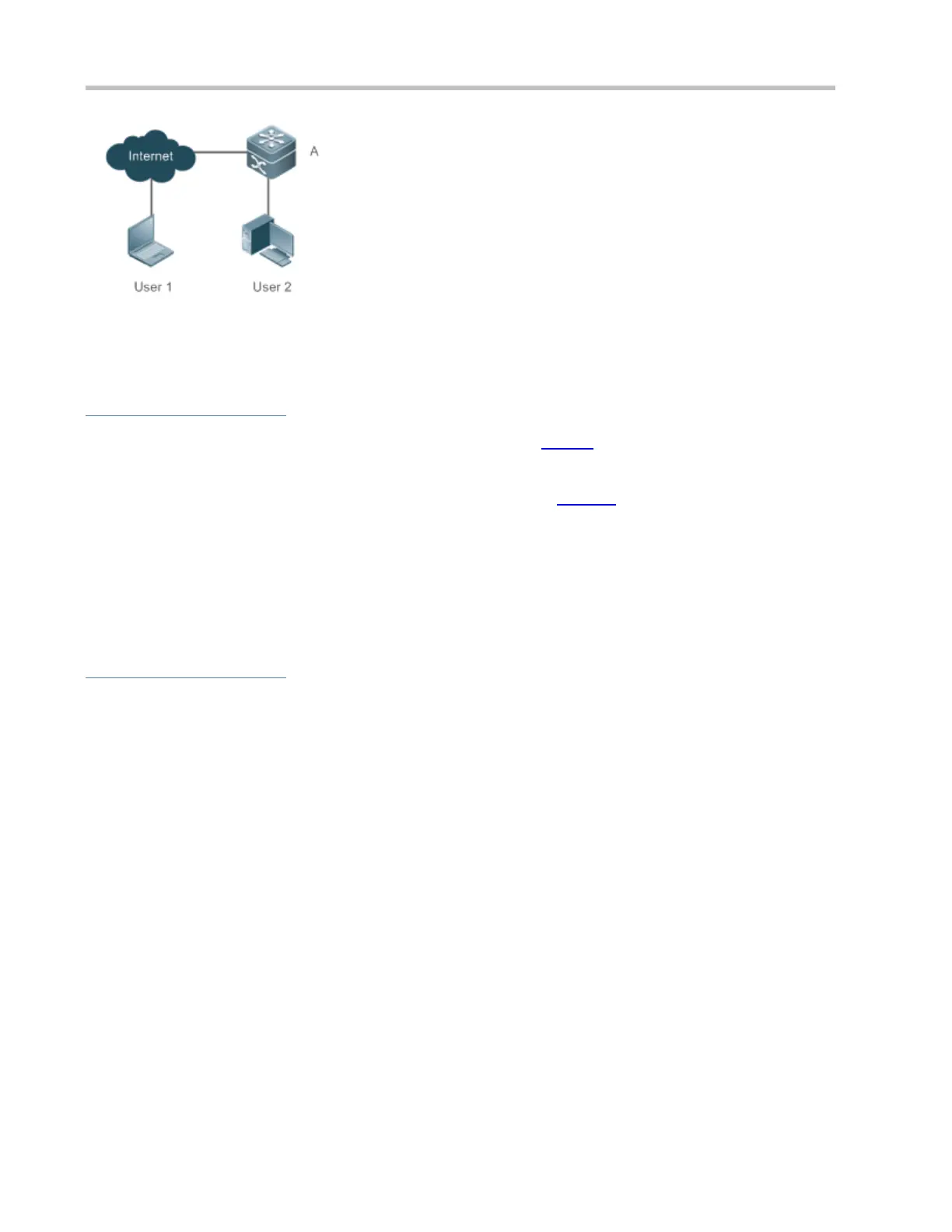